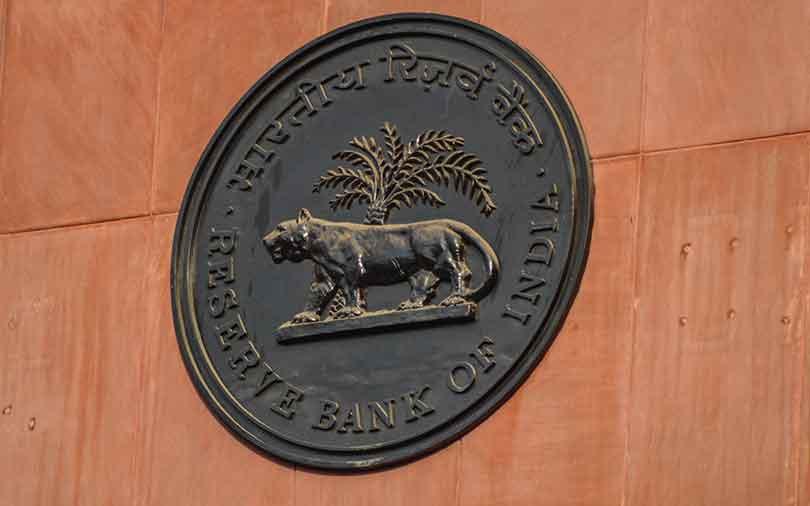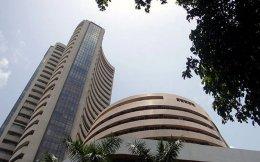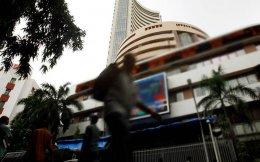India’s October-December current account deficit widened sharply from a year earlier, driven by higher imports, data from the Reserve Bank of India showed on Friday.
The deficit widened to 2.0 percent of gross domestic product, or $13.5 billion, up from 1.4 percent, or $8.0 billion, in the corresponding period a year ago.
“The widening of the CAD on a year-on-year basis was primarily on account of a higher trade deficit brought about by a larger increase in merchandise imports relative to exports,” the RBI said in a statement on India’s balance of payments.
India’s trade deficit widened to $44.1 billion from $33.3 billion a year ago while the balance of payments posted a surplus of $9.4 billion in the October-December period, compared with a deficit of $1.2 billion a year ago, helped by a stronger capital account.
The capital and financial account surplus rose to $12.6 billion in the December quarter from $7.3 billion a year ago, bolstered by robust foreign portfolio inflows worth $5.3 billion during this period, the RBI said.
“The current account deficit is expected to widen in the next fiscal year 2018/19 on firm oil prices,” said A Prasanna, chief economist at ICICI Securities Primary Dealership in the financial capital of Mumbai.
“The current account deficit alone is not a big risk, but a combination of higher current account and fiscal deficit and inflation is expected to weigh on the rupee,” he added.
Prasanna expects India’s current account deficit to stand at 2 percent of GDP in the fiscal year ending in March 2018 and then widen to 2.3 percent in the next fiscal year.
Despite the widening of the current account gap, the rupee currency outperformed most of its Asian peers in 2017, boosted by strong dollar inflows, but has become one of the region’s weakest, falling by 1.65 percent in 2018, as inflows slowed.






